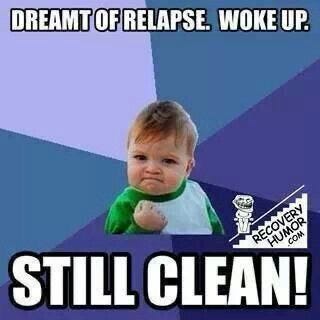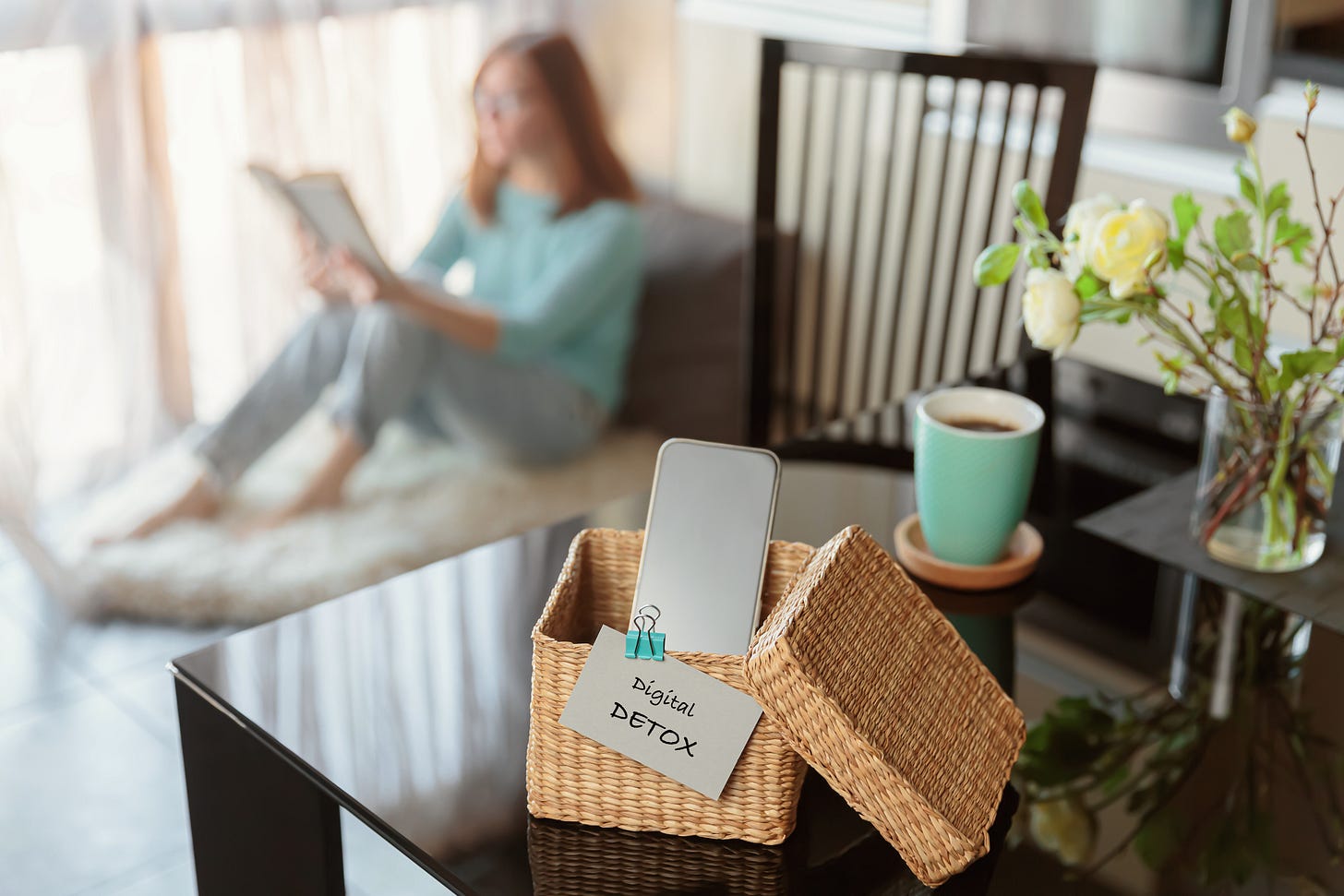Social media can be a wonderful tool for connection and support, but for those in recovery, it can also present unique challenges. While scrolling through feeds, watching stories, and engaging in conversations, it’s important to stay aware of potential triggers that could jeopardize your progress.
Here are 10 common ways social media might impact your recovery and some tips to help you navigate these challenges with confidence and mindfulness.
1. Seeing Substance Use in Posts or Stories
Seeing others post about drinking, smoking, or using other substances can stir up cravings or remind you of your own experiences. Even a celebratory toast in a friend's story can be a surprising trigger.
Tip: Curate your feed by unfollowing or muting accounts that frequently post substance-related content. It’s okay to set boundaries to protect your sobriety.
2. Comparing Your Life to Others
It’s easy to fall into the trap of comparing yourself to others on social media, especially when everyone’s highlight reel seems perfect. This comparison can lead to feelings of inadequacy, loneliness, or self-doubt—emotions that may increase the risk of relapse.
Tip: Remember that social media often only shows the best parts of someone’s life. Focus on your own progress and celebrate your unique journey.
3. “FOMO” (Fear of Missing Out)
Seeing posts of friends or family enjoying social events can create a sense of missing out, especially if those gatherings involve substances. FOMO can trigger stress, sadness, and the temptation to numb these feelings.
Tip: Shift your perspective by planning your own activities that support your sobriety. Surround yourself with people and events that encourage positivity and connection.
4. Social Media’s Dopamine Effect
Social media platforms are designed to provide instant gratification, often triggering dopamine responses similar to those associated with addictive substances. This can create a cycle of dependency, especially for those with a history of substance use.
Tip: Take breaks from social media and set daily time limits to avoid over-reliance on online gratification. Consider using this time to pursue hobbies or wellness activities that bring genuine joy.
5. Exposure to Triggering Ads or Content
Ads promoting nightlife, bars, or parties can act as subtle triggers. Unfortunately, these ads may pop up even if you’re trying to avoid such content.
Tip: Whenever possible, adjust your ad preferences to minimize exposure to triggering ads. Be mindful of your response to promoted content and consider stepping away if needed.
6. Negative Comments or Cyberbullying
Social media isn’t always a supportive space. Negative comments or online bullying can lead to self-doubt and emotional distress, which may increase cravings as a way to cope.
Tip: Limit interactions with negative or toxic accounts. Consider following only those who bring positivity to your feed and foster a supportive online community.
7. Groups or Pages Glamorizing Substance Use
Some groups, pages, or influencers promote substance use as part of a “fun” lifestyle. Exposure to this content can normalize behaviors you’re working hard to leave behind.
Tip: Be selective about the groups and influencers you follow. Look for recovery-focused communities that inspire you to stay on track. Or follow pages that post recovery memes, like our Instagram.😊
8. Stress from Online Drama or Arguments
Arguments or conflicts on social media can quickly escalate, creating additional stress. Engaging in online drama can lead to negative emotions, which might increase the risk of relapse as a means of coping.
Tip: Avoid engaging in heated discussions. It’s okay to step back and prioritize your mental health over online debates.
9. Seeing Friends or Family with Substance Use History
It can be difficult to watch friends or family members still involved in substance use. Seeing their posts may bring up painful memories or even temptations to reconnect with old habits.
Tip: Mute or limit your exposure to posts from individuals who may be triggers. Focus on maintaining positive influences and healthy boundaries.
10. Lack of Real-Life Connections
Spending too much time on social media can lead to feelings of isolation, especially if it replaces in-person interactions. Recovery often depends on a strong support network, and lack of real connections can weaken that foundation.
Tip: Balance your social media use with real-life interactions. Attend support groups, reconnect with family, or spend time with friends who support your recovery journey.
My Final Thoughts
Social media can be a powerful tool in recovery, but it requires mindful use. If you’re in recovery, it’s essential to keep track of triggers that may have led to relapse in the past. Once you start noticing these patterns, you can step back and ask yourself, Why am I feeling the urge to consume?
Remember, this urge is often a trick your brain is playing on you; it will say anything to convince you to go back to old habits. But the truth is, if you give in, you’ll likely feel even worse afterward, disappointed for having let yourself down again.
The Growing Fentanyl Crisis in Our Communities
Check out our latest Instagram post for more information on this story!
Trivia Question:
Which Canadian rapper helped coin the term “Twitter Fingers”?
How to Participate:
Email your answer to david@asanarecovery.com for a chance to win a $25 gift card! Choose between Amazon, Uber, or DoorDash. 🌟(only correct answers win🙈)












Great tips.
Thanks so much for looking out!! I really appreciate it.